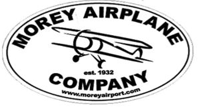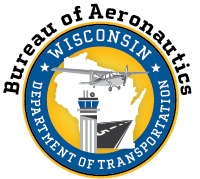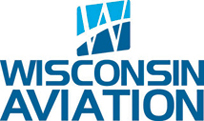by Dave Weiman
Published in Midwest Flyer Magazine February/March 2023 Digital Issue
I have never seen so many scholarships and opportunities for young people and adults to get into aviation careers than there are today. The problem isn’t finding a scholarship or job… the problem is finding people with the desire and willingness to take the time to write an essay and/or fill out an application.
I encourage flight schools and aviation colleges to make known to their students the scholarships that are available. Some scholarships have requirements, such as residency in the state in which the sponsoring organization is located, or that the applicant must have at least a Private Pilot Certificate and professional career goals.
We are pleased to see many sponsoring organizations now recognizing the importance of “aircraft technicians,” and offering scholarships in aircraft maintenance and avionics. While the demand for commercial pilots is great, so is the demand for licensed technicians.
Just searching articles at www.midwestflyer.com, I see scholarships available from state aviation halls of fame, aviation trades associations, and pilot groups.
Some scholarships we have reported on by name include the “Sherm Booen Legacy Scholarship,” sponsored by Academy College in Bloomington, Minnesota
(https://www.academycollege.edu); “Arrowhead Eagles Aviation Scholarship,” Grand Marais/County Airport (KCKC), Minnesota; “James C. Ray Aviation Scholarships,” sponsored by EAA Chapters; “Edward W. Stimpson Aviation Excellence Award Scholarship,” sponsored by the General Aviation Manufacturers Association; and the
AOPA Foundation’s “Flight Training Scholarships.”
Other scholarships listed by name include the “Amelia Earhart Memorial Scholarship,” “Aviation Education & Career Expo Scholarship,” “LeRoy W. Homer Jr. Scholarships,” and just announced, the “EAA Aviation Foundation Scholarship” in the name of former EAA President and Chairman, Tom Poberezny.
Other national aviation organizations sponsoring scholarships include the Aircraft Electronics Association, University Aviation Association, the Ninety Nines, Aviation Distributors & Manufacturers Association, Boeing Company, Women In Aviation International, National Business Aviation Association (NBAA), and Aviation Explorers.
Many aircraft manufacturers and airlines have their own scholarship programs, some which are willing to help fund the education of job applicants and their employees, and as reported in the December 2022/January 2023 issue of Midwest Flyer Magazine, there are apprenticeships available at many fixed base operations and flight departments.
Our federal and state aviation agencies list job openings and scholarships, so I encourage you to go to their websites and explore them as well.
And for those of you who would like to leave an aviation legacy of your own, and make a personal contribution to aviation, consider working with an aviation organization and establish a scholarship in your name.
Whatever you do, please get out and show students and others, how they can apply for scholarships, internships, and apprenticeships. The future of our industry depends on attracting new people.


















